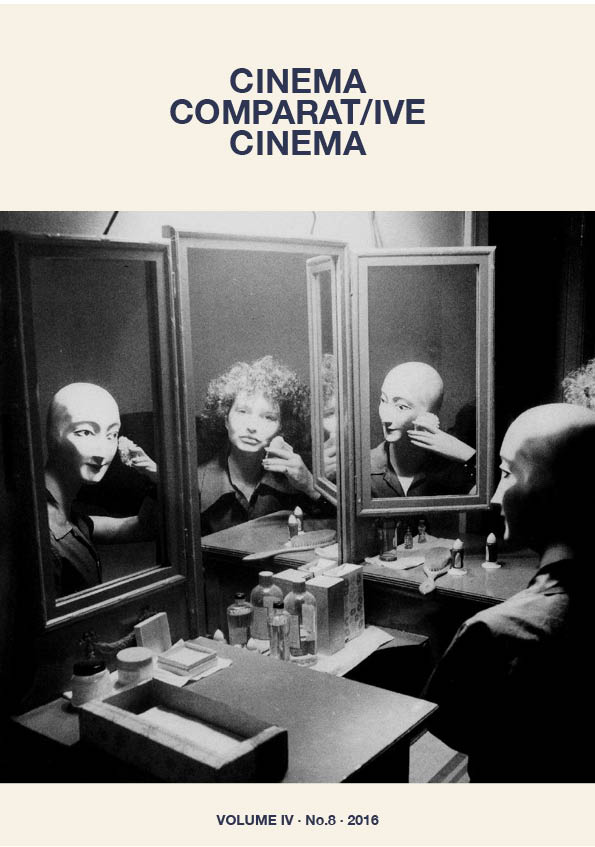DOWNLOAD |
Nº 8 PORTRAIT AS AN ACTRESS, SELF-PORTRAIT AS A FILMMAKEREditorial. Portrait as an actress, self-portrait as a filmmaker DOCUMENTSAbout the femenine About Fuses Conversation about Wanda by Barbara Loden About the Film-Diary Nothing to say FILMS UNDER DISCUSSION. INTERVIEWSABSTRACT ABSTRACT VIDEO ESSAYThrough the Mirror ARTICLESABSTRACT ABSTRACT ABSTRACT ABSTRACT ABSTRACT ABSTRACT REVIEWJorge Oter; Santos Zunzunegui (Eds.) José Julián Bakedano: Sin pausa / Jose Julian Bakedano: Etenik gabe
|


